 |
Raised road still flooded
For many years, Area A, An Van Duong New Urban Area, Hue City, has always faced flooding, disrupting people's lives. Every flood season, when inner-city roads are flooded (some places are nearly 1 meter deep), people's vehicles from the areas "to the city" to buy food for storage are mainly by boat.
For example, the heavy rain that lasted from November 13 to 16 caused the flood peak when the Huong River water level at Kim Long hydrological station reached 4.34m (November 15). Many households rushed to move their vehicles to Phat Lat bridge (the highest point on To Huu street) to avoid the flood. Meanwhile, vehicles parked on Vo Nguyen Giap and To Huu streets (the road surface has just been raised to 0.5m) were all damaged due to the flood water rising too high.
To Huu and Vo Nguyen Giap streets will have their road surface raised to prevent flooding in early 2023. The project is invested by the Management Board of the Program for the Development of Type II Cities (Type II Cities) - Thua Thien Hue Sub-project.
Mr. Vo Van Viet, Director of the Project Management Board informed: The authorities based on the actual inspection data of the elevation at the time of flooding in October 2020, at An Van Duong Urban Area from +2.81 to +3.17m, therefore, with the average elevation of To Huu and Vo Nguyen Giap streets being +2.64m, basically solving the traffic problem for vehicles serving flood and storm relief and support.
 |
| Urban drainage project, flood reduction in An Van Duong urban area |
The adjustment with an average elevation of +2.64m of the above routes is according to the decision to adjust the Zoning Plan of Area A, scale 1/2,000 (Decision No. 432/QD-UBND dated 2102/2019). However, the elevation of the road surface and the lack of timely investment in the drainage system of the two routes according to the approved adjusted plan have affected the surface drainage every time it rains heavily.
There are many shortcomings
The Provincial People's Committee said that it has sent a report to the Ministry of Construction on the flooding situation in urban areas. Accordingly, for An Van Duong Urban Area, in the past, with extreme weather conditions, many heavy rains, rising river water has flooded almost the entire traffic system for this urban area, causing traffic congestion. In the near future, this area will form the provincial administrative center, with many important headquarters.
The Department of Construction conducted a field survey to grasp the flood level situation in some areas and found that the roads that have been formed in An Van Duong Urban Area have an average red line elevation of 2.1m to 2.3m, and are flooded from 0.3m to 0.7m when the flood level of Huong River exceeds level III (3.5m). In case of heavy rain for a period of continuous rain of ≥ 48 hours, flooding occurs in some areas. The cause is that the road surface and construction foundation are low compared to the river water level during floods.
Localized flooding during rains occurs mainly due to the current inadequate and inconsistent stormwater drainage system. Existing lakes, canals and ditches have been encroached upon, filled in and built, narrowing the flow. The main drainage canals and ditches as planned have not been invested in and constructed in a synchronous manner, failing to meet the actual situation.
The urbanization process has led to a situation where the stormwater drainage system is only enough to convey the local rainwater flow of each project, lacking continuous connection from the collection point to the discharge point, and cannot receive the water flow transferred from upstream.
The Provincial People's Committee assessed that the current drainage system has only received investment attention in the central areas of Hue City. Specifically, in Hue City, the total length of the main drainage pipeline is 123.8km. For old residential areas, there is a common drainage system (wastewater and rainwater)... Although the province has focused all resources on developing the drainage system in urban areas, the current drainage situation has not met the requirements, some problems still exist and need to be overcome; there is still a situation of localized flooding and flooding when there is rain and flood.
Synchronize solutions
In the report sent to the Ministry of Construction, the Provincial People's Committee proposed solutions to organize the planning of ground elevation, surface drainage and urban wastewater drainage after the Thua Thien Hue Urban Master Plan is approved, in order to specify the drainage planning in the urban master plan approved by competent authorities.
During the implementation process, it is necessary to ensure close coordination between relevant agencies and organizations, promptly urge, guide and remove obstacles and difficulties in the implementation process to ensure the progress and effectiveness of the implementation of the Prime Minister's decision on adjusting the orientation for the development of urban drainage and industrial parks in Vietnam until 2025 and vision to 2050.
Mobilize all resources to prioritize investment in the construction of main stormwater drainage systems in urban areas according to approved planning. Complete investment in main outlets (adjacent to canals, lakes, rivers and seas), ensuring that the stormwater drainage system must be continuously connected and drain smoothly to existing receiving sources.
The Provincial People's Committee also requested the Ministry of Construction to allocate central capital from programs and projects to invest in the construction of rainwater drainage systems in urban areas, ensuring continuous drainage systems and smooth drainage of rainwater. At the same time, pay attention to and support calling for investment from various sources to develop water surface space in areas including investment in completing technical infrastructure frameworks, dredging, clearing, expanding existing river systems, ecological canal systems, energy drainage lakes... according to approved planning.
Make room for water According to the Provincial People's Committee, in the orientation and planning of urban space development, the province needs to pay attention to allocating more space for water, clearing, dredging, and expanding the existing river, canal, and lake systems. At the same time, when planning urban development and leveling, it is necessary to carefully assess the impact on flooding in order to plan new energy-dissipating lakes, alternative river and canal systems; connect with the existing river system to ensure drainage for the new urban area as well as the existing urban area. |
Source






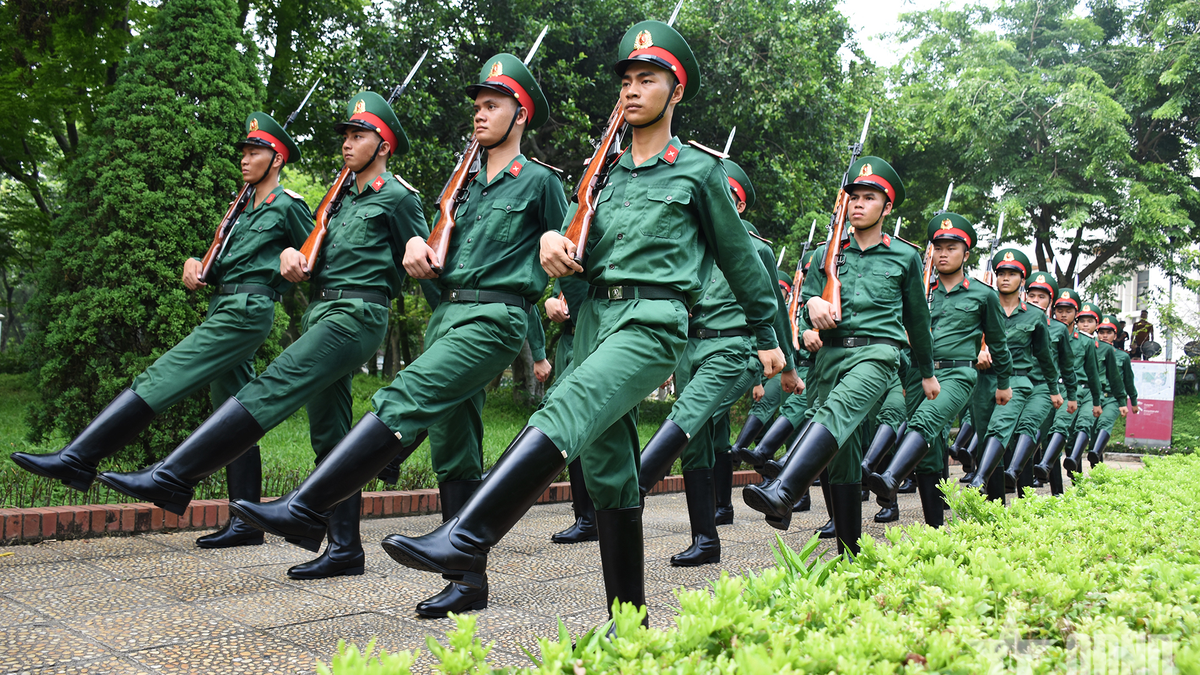




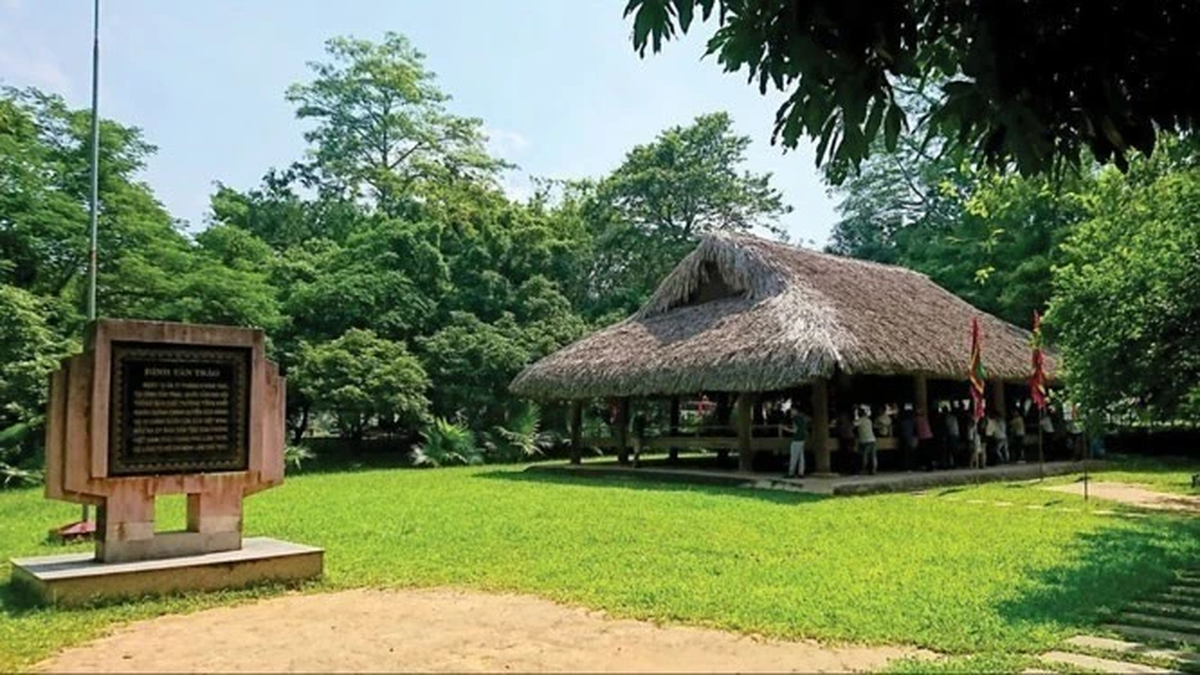

















































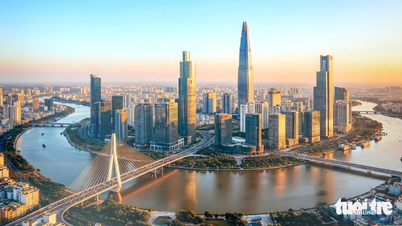

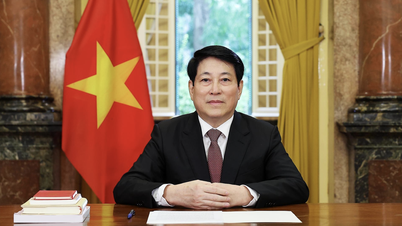



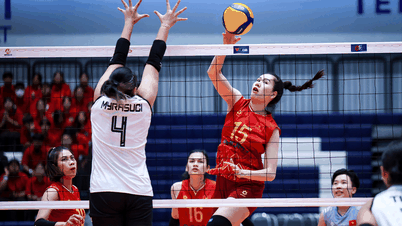
































Comment (0)